Japanese animator and creator of the Evangelion series, Hideaki Anno, talks to Liz Shackleton about the joys of destruction.
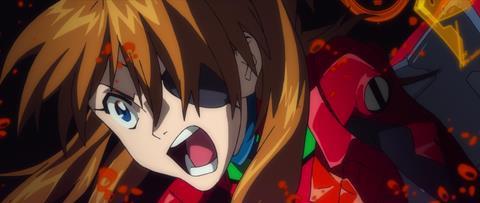
Hideaki Anno has been anointed the next leader of Japan’s animation industry, following the retirement of Hayao Miyazaki, by none other than Studio Ghibli co-founder and producer Toshio Suzuki. “I’m certain Anno will be the one to lead Japanese animation into the next decade,” Suzuki said a few months back, sending the ‘otaku’ (obsessive fan) blogo-sphere into a frenzy.
Anno has many links to Studio Ghibli - he worked as an animator on Nausicaä Of The Valley Of The Wind and voiced the main protagonist in The Wind Rises. But as he has headed his own production outfit, Studio Khara, since leaving Gainax in 2006, it’s unlikely he would take an official post at Ghibli. When asked about Suzuki’s comments, Anno just shrugs and says: “Oh that’s just something Suzuki said. I didn’t take it too seriously.”
Even without the anointing, he is already a giant among Japanese anime creators. The creator of the Evangelion sci-fi series, Anno has been working as an animator for more than three decades and also directed live-action features. A recent Tokyo International Film Festival retrospective showed just how prolific he is - it featured 50 of his works, from student films and shorts to TV programmes and theatrical features.
The Evangelion franchise started life as a 26-episode TV series, Neon Genesis Evangelion, broadcast on TV Tokyo in the mid-1990s, and has evolved into five feature films, along with manga, video games and merchandise. Set in a post-apocalyptic Japan, the story revolves around massive bio-machines, piloted by teenagers, that battle giant robots sent to destroy what is left of humanity.
It’s a highly mechanised and calamitous vision of existence that Anno says emanates from growing up in a rapidly industrialising Japan during the Cold War. Born in Ube, a city known for its steel and chemical industries, Anno lived in a house that was opposite a factory and close to a railroad.
“I grew up near iron, so it’s something I feel close to,” he says. Anno spent his childhood making plastic models and then burning them because he doesn’t like perfection or happy endings. “It’s difficult to explain. But watching something being destroyed gives you the urge to create something new again.”
‘There may be Japanese film-makers who can collaborate with Western creators, but I’m not one of them’
Hideaki Anno
This cycle of creation and destruction spins constantly in the Evangelion series - whole cities are laid to waste, while humankind works on meticulously designed replacements that pop up magically from underground.
Yet despite his huge success with the medium of animation, both critically and commercially, Anno has also made three live-action features, two of which are deeply realistic: Love And Pop, about the practice of ‘compensated dating’, and ritual, about a washed-up director and his relationship with a psychologically disturbed woman. His third live-action feature, Cutie Honey, is a more light-hearted superhero movie.
Anno says he turns to live action when he runs out of things to say with animation. “There are certain things that just can’t be done in animation - the characters are symbolic and can’t reach the same depth of emotion as, say, the actress in ritual,” he explains. But he adds quickly: “Only Japanese animation really explores our interior world and emotions. Japan is probably the only country that makes animation for adults as well as children.”
It’s the differences in approach to animation between Japan and the West that makes Anno reluctant to collaborate on international projects. Neither is he interested in live-action remakes of his work. “The mental structure is too different between Hollywood and Japan,” he says. “There may be some Japanese film-makers who can collaborate with Western creators, but I’m not one of them.”
On the other hand, he accepts the Japanese animation industry is set to change. The first two Evangelion films released in 1997 used hand-drawn 2D animation, while the next three in the Rebuild Of Evangelion series, starting from 2007, used some digital technology but still looked mostly 2D. This has remained the preferred style in Japan, even though Hollywood moved to the 3D CG style popularised by Pixar in the mid-1990s.
However, Anno says he is open to using all kinds of new technology. “We have to go digital because there are not so many people who can hand-draw now, so it’s inevitable we’ll head in that direction,” he says. “Ideally we should be using both hand-drawn and digital. Eventually the hand-drawn style will go away, although not while I’m still alive.”
Anno’s next project will be a fourth instalment in the Rebuild Of Evangelion series. He has also been linked to a Nausicaä sequel at Studio Ghibli, but he evades talk of his future moves. His global otaku fanbase will just have to wait and see.







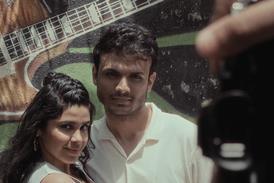




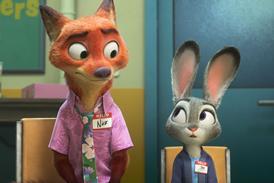

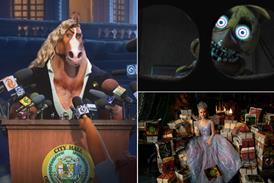

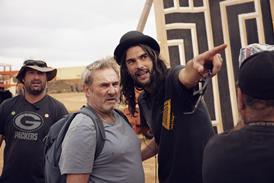







No comments yet